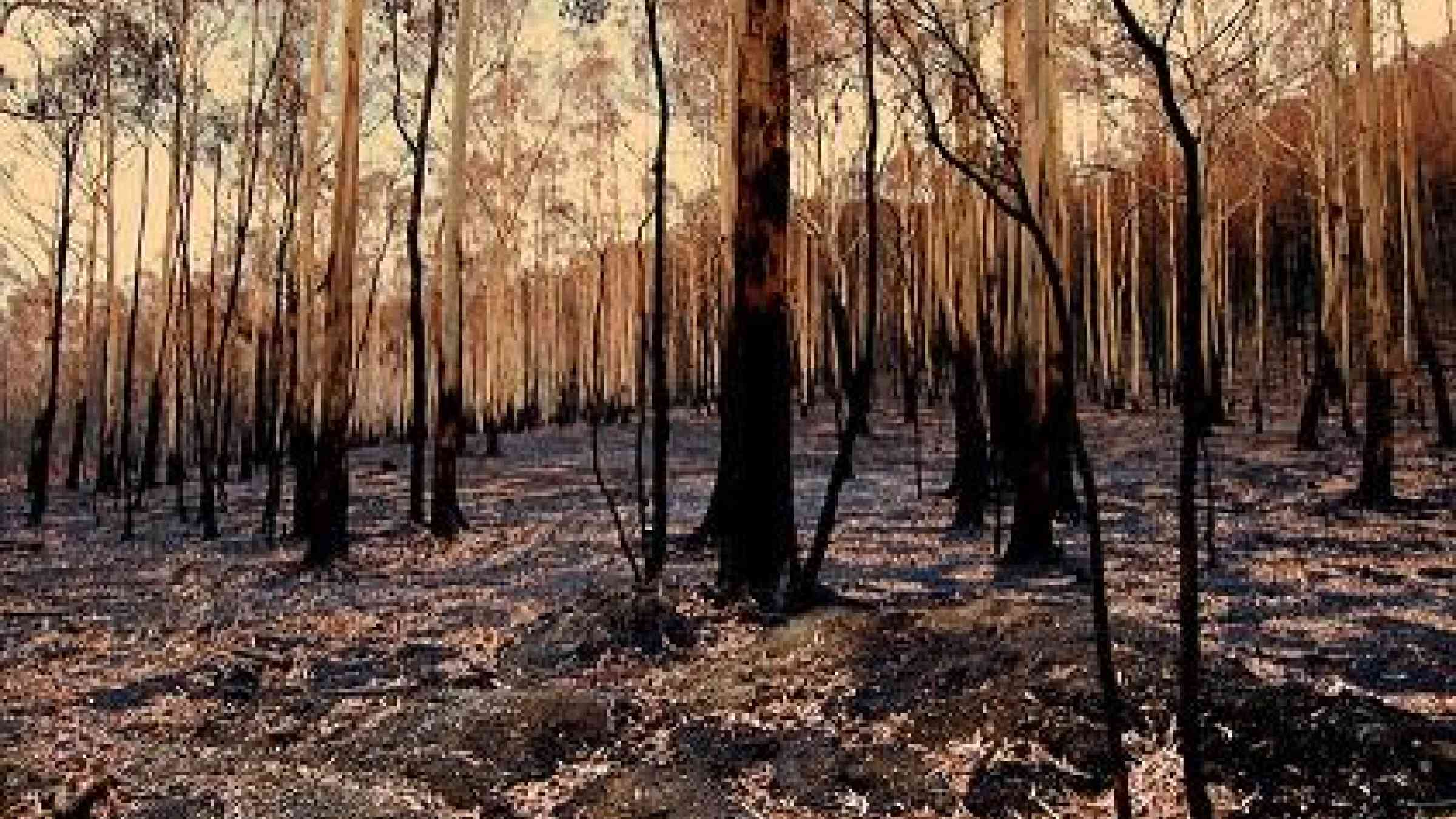Australia’s disaster bill could skyrocket

GENEVA, 3 March 2016 – Australia could see its annual disaster bill rise nearly fourfold by 2050, with the cost of social impacts such as stress-related illness playing a significant role, two reports commissioned by the Australian Business Roundtable for Disaster Resilience and Safer Communities warn.
Issued just two weeks before the first anniversary of the Sendai Framework for Disaster Risk Reduction – the world’s most wide-ranging agreement on curbing the threat of natural and man-made hazards – the research underlined that the cost to Australia could be 50% higher than previously estimated.
The Economic Cost of the Social Impact of Natural Disasters and Building Resilient Infrastructure showed that when both financial and social impacts were included, the price tag for Australia in 2015 exceeded A$9 billion, or 0.6% of GDP.
That is expected to double by 2030 and to climb to an annual average of A$33 billion by 2050, as population density increases and the severity and frequency of storms, floods, cyclones and bushfires grow.
“The reports show the long-term cost of the social impact of natural disasters on our communities and economy, and the benefits of embedding resilience into planning decisions for critical infrastructure. We need to do more to help our communities prepare for and recover from disasters. Sadly the devastation of bushfires, flood and earthquakes on our communities can last for years, if not decades,” said Mr. Peter Harmer, Managing Director and CEO of Insurance Australia Group.
Highlighting the case studies of the 2010-2011 Queensland floods, the 2009 Victoria Black Saturday bushfires and the 1989 Newcastle earthquake, the report estimated that social costs are at least as much as, if not higher than, tangible costs such as the destruction of property.
Key social impacts included mental health issues, family violence, chronic disease and alcohol misuse.
It is the first time that analysis into the economic cost of the social impacts of disasters has been conducted, filling a critical gap, noted Mr. Noel Clement, Australian Red Cross Director of Australian Services.
“Governments, business and communities need to work together to address the medium and long-term social impacts of natural disasters through further investment and research into community resilience programmes,” he added.
The research also showed that over A$450 million was spent by Australian governments each financial year on restoring essential public infrastructure assets following extreme weather events between 2002 and 2011, or around 1.6% of total public infrastructure spending.
Some A$17 billion will need to be spent on replacing essential infrastructure impacted by disasters between 2015 and 2050, out of total spending on infrastructure of approximately A$1.1 trillion over the same period.
“It is clear that there is a need for stronger central coordination across government and other infrastructure providers, and an opportunity to embed resilience into government policy and planning activities,” said Optus Chairman Mr. Paul O’Sullivan.
Formed in 2012, the Roundtable brings together six of Australia’s leading CEOs, from the Australian Red Cross, Insurance Australia Group, Investa Property Group, Munich Re, Optus and Westpac Group.
The Roundtable, which aims to influence policy via evidence-based reporting on the cost to life, property and the economy, was last year nominated for the United Nations Sasakawa Award for Disaster Risk Reduction.
The reports were prepared by researchers from Deloitte, a member of the UNISDR Private Sector Alliance for Disaster Resilient Societies, or ARISE.
The role of the private sector in reducing disaster risk is a key component of the Sendai Framework, a 15-year agreement that was adopted by the international community on 18 March, 2015, at the Third UN World Conference on Disaster Risk Reduction, hosted by Japan.
The Sendai Framework has seven global targets, including substantial reductions in disaster deaths, the number of affected people and economic losses, plus damage to critical infrastructure and disruption to basic services such as education and health.
The latter will be spotlighted on 11-12 March in Bangkok at the International Conference on the Implementation of the Health Aspects of Sendai Framework.